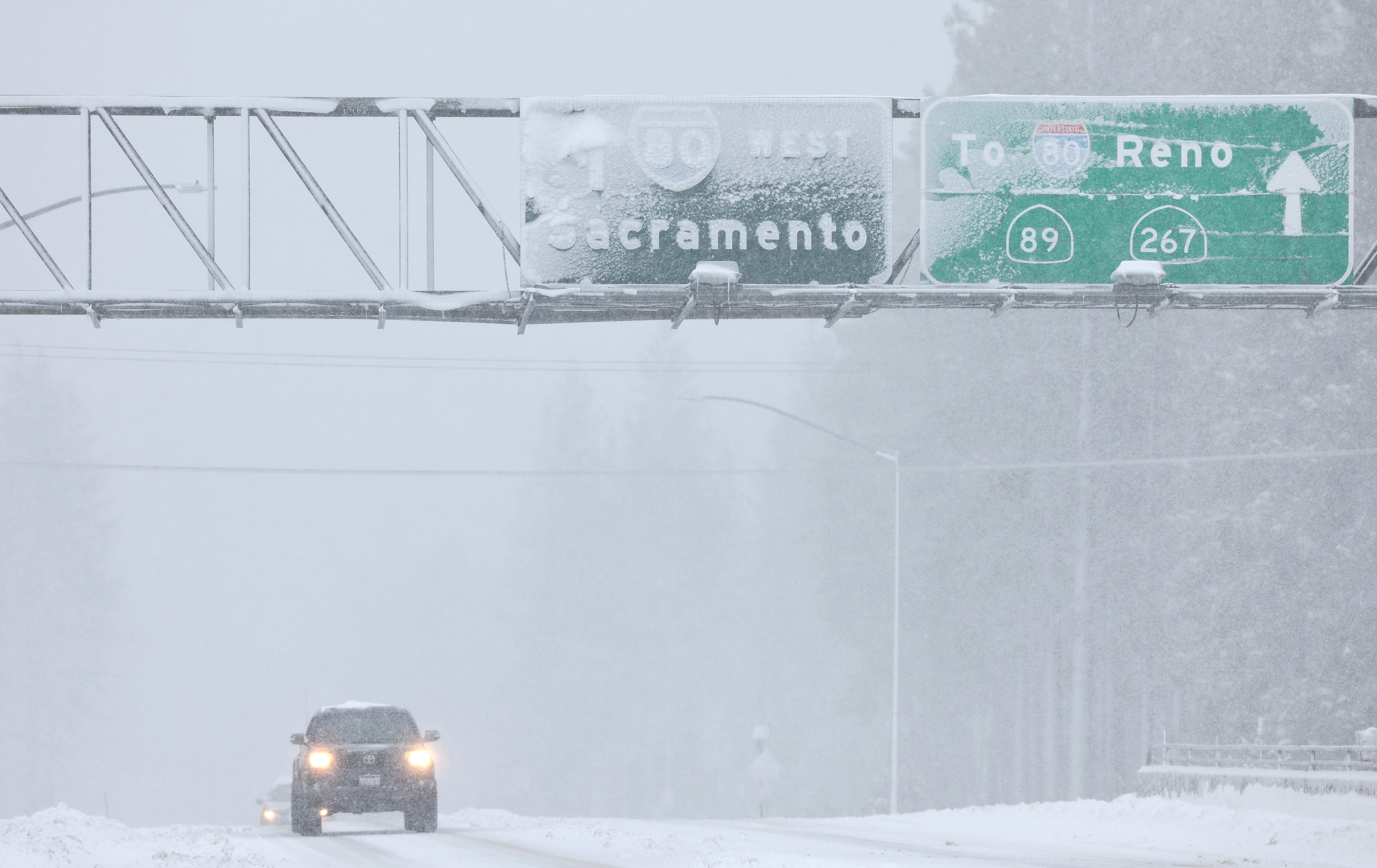The first Arctic outbreak of the season is set to sweep across the US during Thanksgiving, bringing freezing temperatures and potential snowfall.
A blast of Arctic air from Siberia will mark the first major cold snap of the season starting this last week of November 2024. Weather Track US shared on X that forecasts show approaching Arctic air mass will cause temperatures to plummet as much as 25°F below seasonal averages in some areas.
Most of the continental US will see temperatures at least 10°F lower than usual, making for a chilly Thanksgiving holiday.
Regions near the Great Lakes and the Northeast should prepare for snow, while freezing temperatures are likely to reach southern areas, including the Gulf Coast and parts of the Southwest.
The National Weather Services confirmed these details, writing on X, “Dangerous wind chills across the Upper Midwest and heavy snows downwind of the Great Lakes will accompany this wintry blast.”
Arctic outbreaks can have widespread and severe consequences. These intense cold air masses may cause unprotected pipes to freeze and burst, leading to costly water damage. Shallow estuaries often experience large fish kills due to the sudden drop in temperatures.
Agriculture can suffer significant losses, particularly for citrus trees, tropical plants, and seasonal crops like strawberries.
Additionally, the improper use of heating devices during these cold spells can lead to structural fires. Inadequate ventilation of fuel-based heaters also poses a serious risk of carbon monoxide poisoning.
Furthermore, the economic impact of Arctic outbreaks in areas like the Gulf Coast can rival that of a Category One hurricane, affecting infrastructure, livelihoods, and ecosystems.
Therefore, the National Weather Service Southern Region advised having multiple means of receiving weather alerts during the Arctic outbreak, which is expected to last through Monday, December 2, 2024.
They also suggested carrying a NOAA weather radio alongside Thanksgiving preparations to ensure everyone stays informed about potential weather hazards.
However, the forecast already shows that Thanksgiving Day will be wet in most of the East. The Northeast and New England might have snow while the Southeast looks at possible strong thunderstorms.

Vehicles drive as snow falls north of Lake Tahoe in the Sierra Nevada mountains during a powerful winter storm in Truckee, California, on March 1, 2024 | Source: Getty Images
On November 29 and 30, travel may be affected due to snowfall across certain parts of the Central US. Post-Thanksgiving travel may also be affected due to the Arctic cold break in some areas of the Central and Southern US. The heavy lake effect snow downwind of the Great Lakes could also affect traveling after Thanksgiving.





